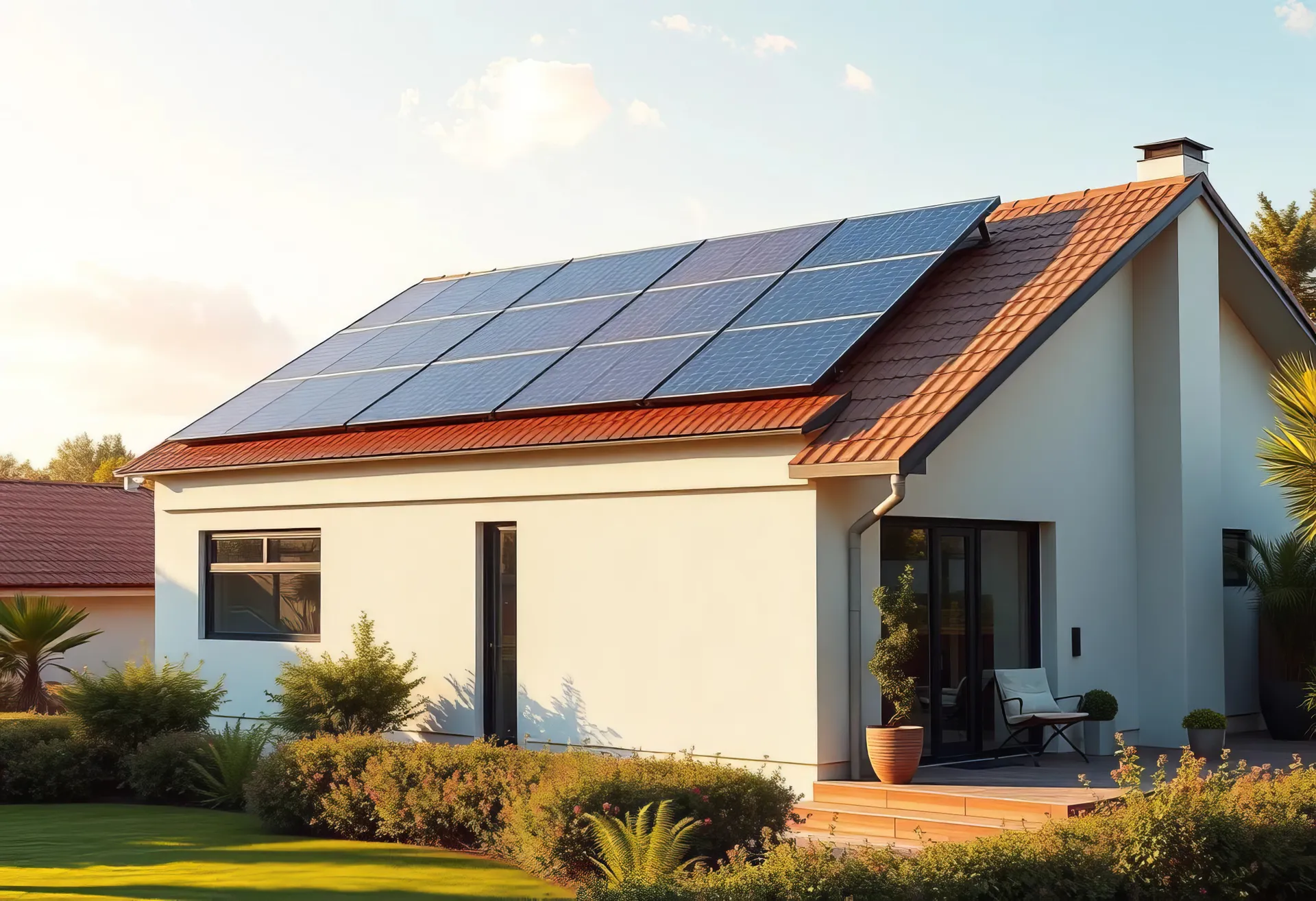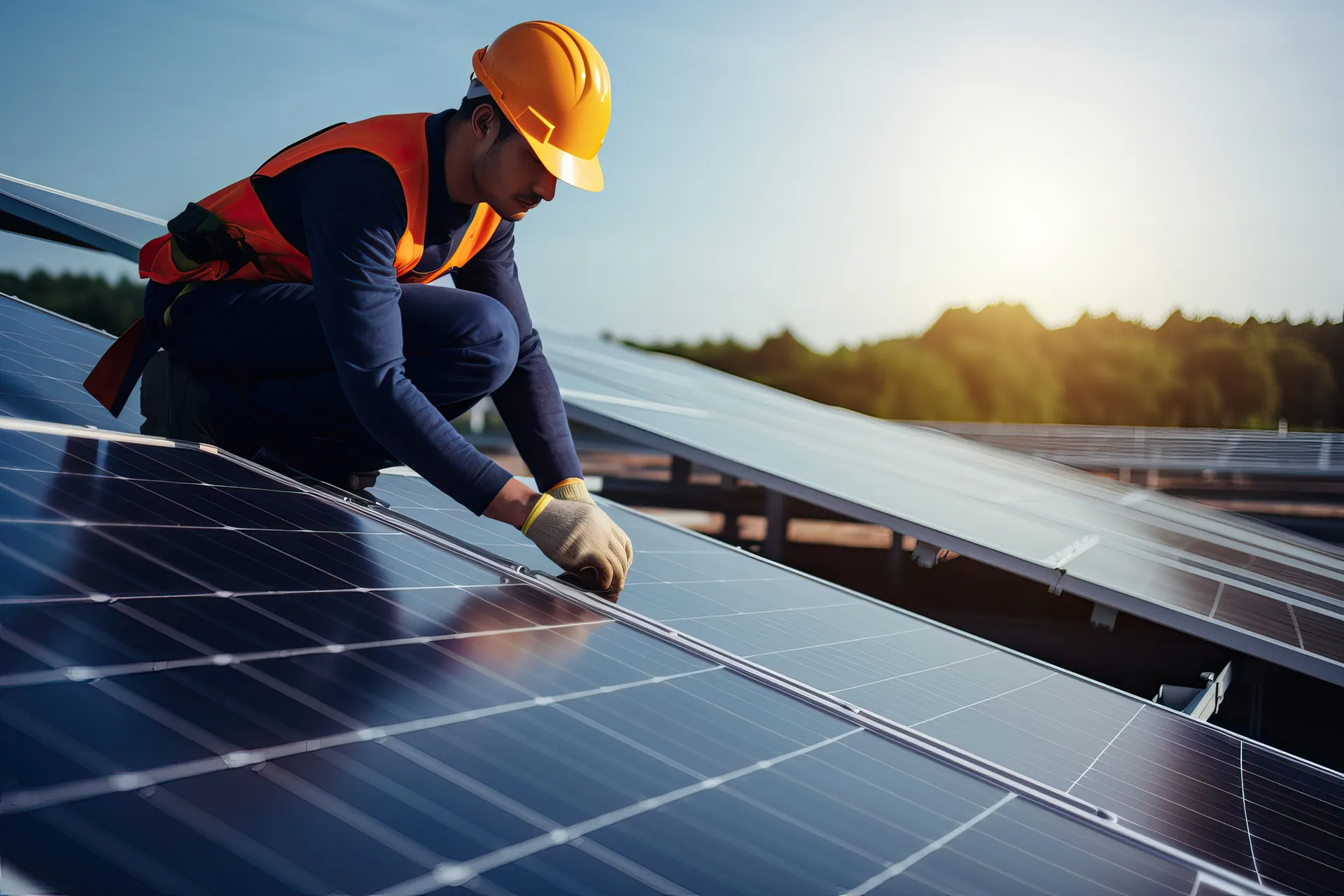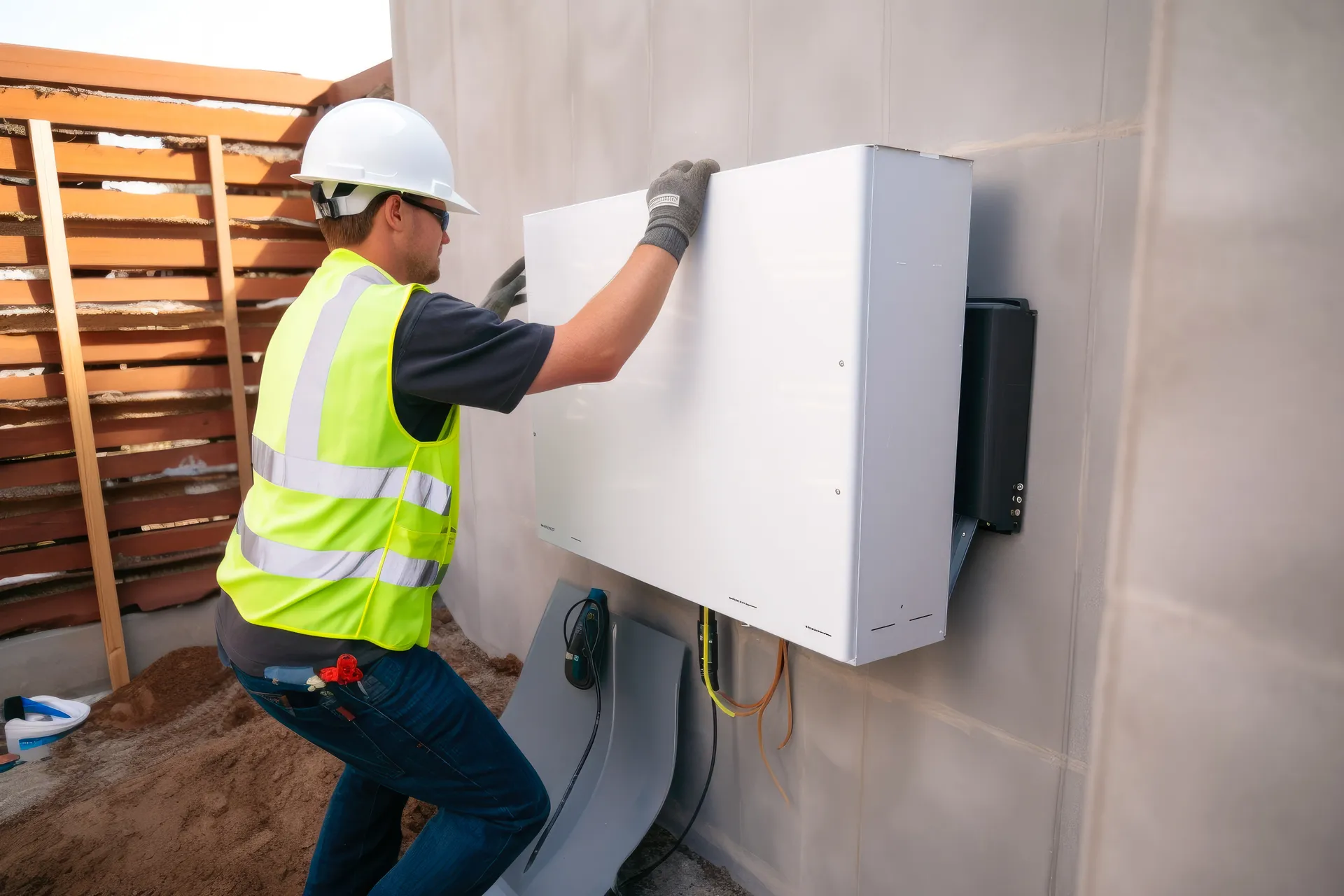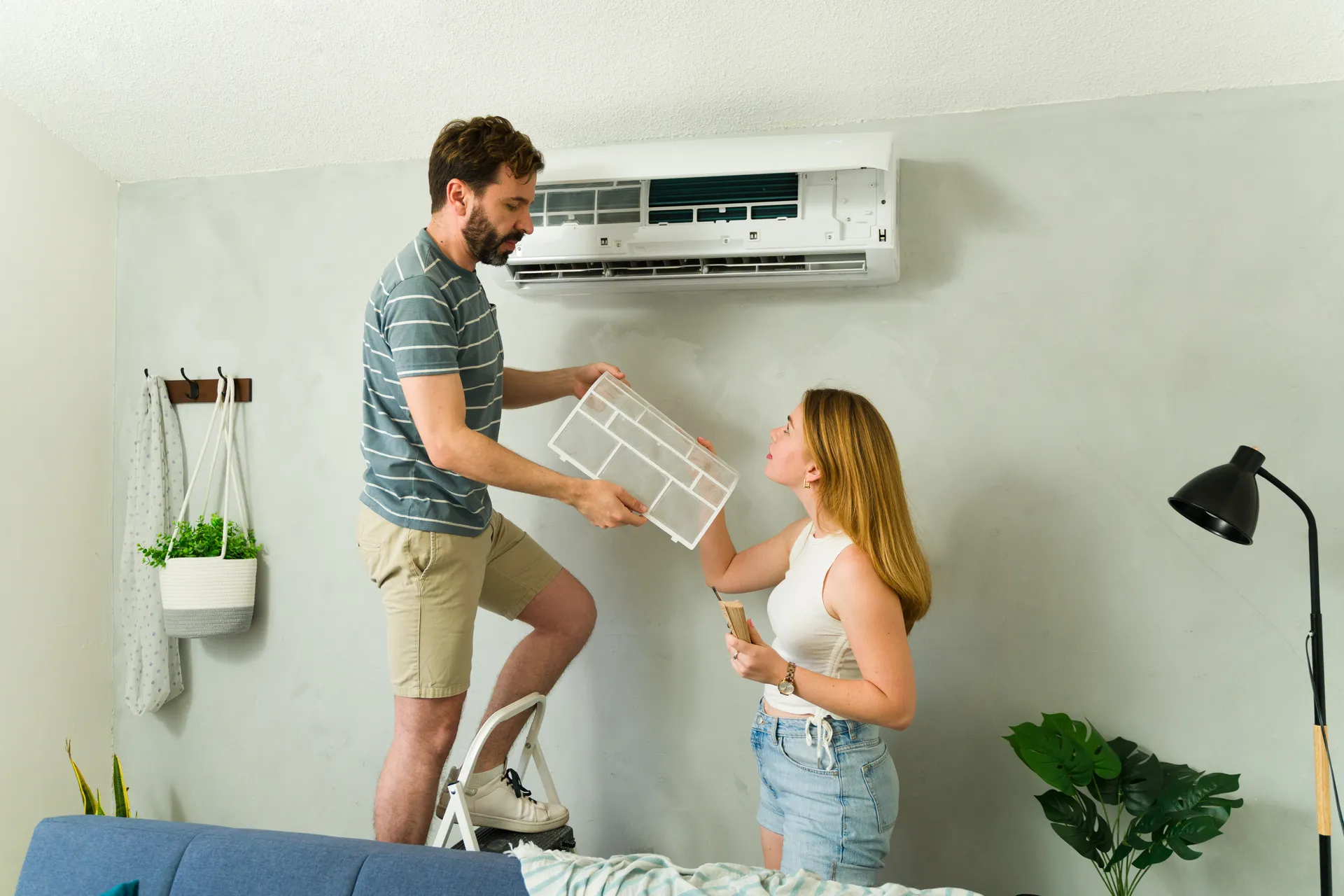Solar panel upgrade: next steps for old systems

How to get independent advice and real savings without the spam phone calls
If your solar panels are more than 10 years old and no longer delivering savings, planning your next move can feel quite daunting.
Trying to get help often leads to a flood of sales calls, which can be overwhelming and off-putting and it can be hard to separate fact from fiction when scrolling social media ads.
Your 'next steps' solar guide
Get independent, trustworthy advice without the pressure.
Step 1: Check your system’s performance
Older solar systems can degrade over time. Start by checking your inverter display or solar monitoring app. If your system is underperforming, it might be time for a health check.
What to do next:
- record your system’s output for a few sunny days and compare it to your original installation figures (often found in your paperwork or on the inverter).
- check for error messages on the inverter or app.
- inspect for obvious issues like shading, dirt, or damaged panels.
- if performance is significantly lower than expected, book a professional solar health check with an accredited installer.
Find an accredited installer: Use the official Solar Accreditation Australia directory (formerly Clean Energy Council accreditation): Find an Accredited Installer

Step 2: explore your upgrade or replacement options
If your system is outdated or inefficient, you may benefit from upgrading or replacing it. Newer panels are more efficient and compatible with battery storage.
Rebates available:
The federal Small-scale Renewable Energy Scheme (STCs) can reduce upfront costs.
Some local installers apply this as a discount.

Step 3: consider adding a battery
If your panels still generate power but you’re not using it during the day, a battery can store excess energy for use at night.
Rebate alert:
The Cheaper Home Batteries Program offers up to 30% off eligible battery systems in Queensland.

Step 4: compare energy plans and feed-in tariffs
Even with solar, your electricity plan matters. Feed-in tariffs vary between providers, and some plans are better suited to solar households.
Tool to use:
https://www.energymadeeasy.gov.au/ – a government-run comparison site.
Step 5: get independent advice (no sales calls!)
Here are trusted, non-commercial sources for solar advice and quotes:
- SolarQuotes – Offers up to 3 quotes from vetted installers, with no spam calls.
https://www.solarchoice.net.au/ – Compare systems and prices without sharing your contact details widely. - GoSolarQuotes – Transparent, educational, and low-pressure.
https://www.sunspot.org.au/ – Government-backed tool to estimate system size, cost, and savings. - Queensland Government Solar Guide – Practical advice on solar and battery systems.
Energy.gov.au Solar for Households – National resource for solar basics and rebates.
Step 6: connect with your community
Solar Citizens – Sunshine Coast Chapter – A local group advocating for solar owners. They host events and offer peer-to-peer advice.
It’s okay to feel unsure—solar technology, rebates and regulations change quickly. The key is to take it one step at a time, ask questions, and use trusted resources to guide your decisions.










